"Why I love Gravel" – Interview with Ted King
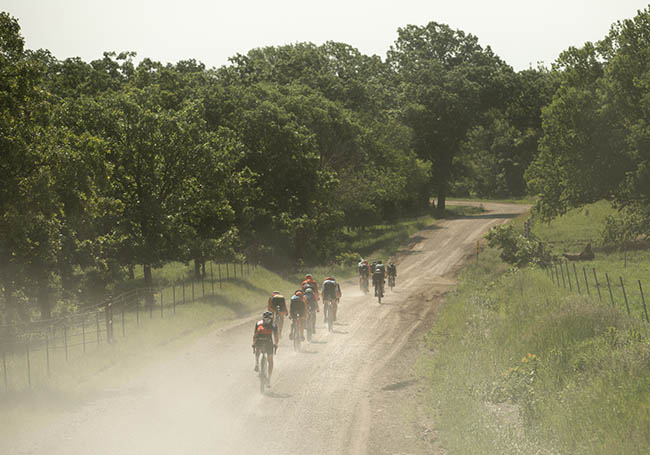
Last weekend was the 14th running of the Dirty Kanza, the famous 200-mile gravel race in Kansas. After the race, I was chatted with Ted King (TK), winner in 2016 and 2018, about what makes gravel racing so special.
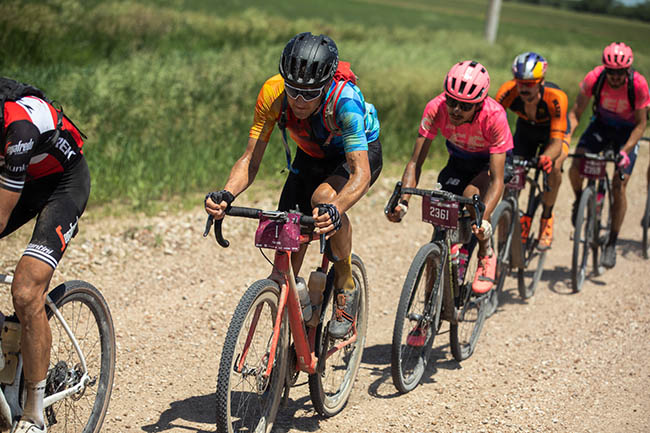
JH: Congratulations to another great finish!
TK: This was my 4th go at DK, and it was the hardest edition that I’ve experienced.
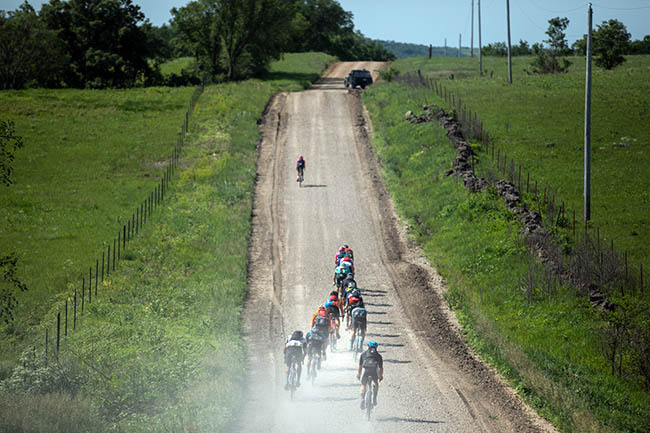
JH: Tell us about the race!
TK: After the initial easy ride down Commercial Street, it ended up being a relatively slow roll-out where nobody really wanted to show their cards for the first 25 miles. At that point, with enormous faith in my equipment and tire choice, I gave it a good hard pull at the front of the group to break up the field. That dwindled the lead group from about 500 down to 50. The hours ticked by, and DK took its toll as riders dropped back from the typical places over such a tough slog: exhaustion, cramping, flat tires, or any number of other issues. 50 riders in the lead group became 25, then 10, then 8.
Colin (Strickland) rolled off the front on a hilly section and our group kept on the gas to keep him in sight. His advantage grew and grew, and it was clear that he meant business. Our pace picked up, Josh Berry went backwards from the group, and, a handful of miles later, so did I. I reunited and rode with Josh for a bit, then we separated and, with 4 miles to go, he and Kiel Reijnen caught me. We’re all buddies from our previous lives racing on the road together and amicably finished as a group.
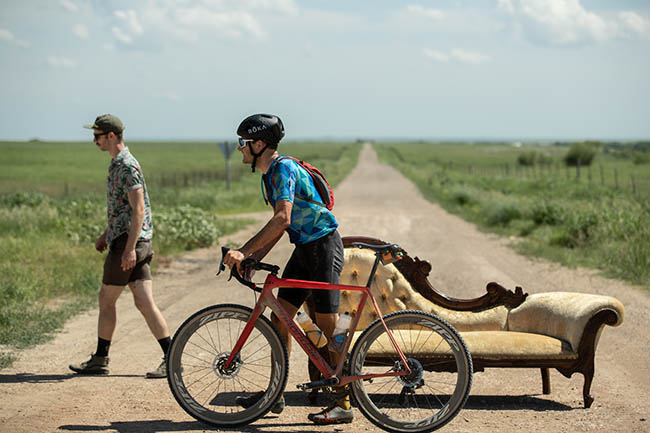
JH: It sounds like a long, tough day. Tell us about the appeal of racing in Kansas!
TK: For me, it’s the community and who shows up. Emporia is a pretty isolated location, smack in the middle of the country, and yet it’s such a fun, friendly, welcoming community. It starts right with the founders, Jim Cummins, Kristi Mohn, and Lelan Danes. They’re doing an amazing job celebrating everyone at the race, from first place to last, whether you finish or just line up. Emporia is not a quintessential cycling town, so it’s really palpable how they’ve persuaded a lot of people to get into cycling. For example, right there on Commercial Street in downtown, there are three bike shops, just four blocks apart! Every coffee shop, ice cream shop, and pub in town has some bicycle-related aspect to it. The whole community has embraced the sport so that it really is ‘Gravel Central.’ Then, at the finish, as the party engulfes the main street, it becomes a circus. It’s hilarious and really fun to be part of. It’s a wonderful critical mass, all backed by the community.
There is also a lot of history to the race. 2006 was the first year with just 34 riders. Back then, it was such an abominably long ride, before DK was DK. It grew a bit over the years until it suddenly became the event for a long single day of racing. Now 3400 or so people are racing it, with another thousand or more who haven’t won ‘the lottery.’ What I enjoy most is this community of friendly faces. It’s coming back year after year, seeing friends and folks I haven’t seen in a year, ready for another edition of an amazing race.
I think the distance is a huge part of the appeal. I do a lot of other long races, but 200 is such an interesting distance. You couldn’t do a 200-mile race in Vermont, for example, because it’s too hilly.
It’s such an iconic event too. Not much has changed since 2006. It’s still largely self-supported. If you started an event now, you’d need to put an aid station every few hours, have sag support, provide signage, and a bunch of other things. But they’ve kept DK pure over the years, really strongly tied to its roots. I love that it’s self-navigated. Sign pollution or sign sabotage can be a big issue in events, but being self-reliant makes for a really amazing day.
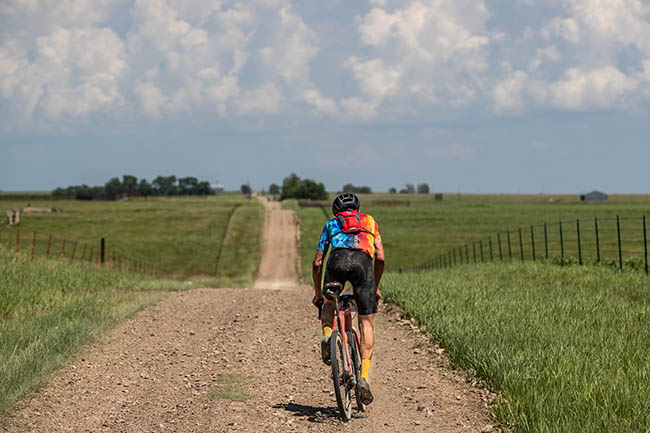
JH: What is it like to ride gravel in Kansas?
TK: The whole landscape is very wide-open and exposed. You start in downtown Emporia and roll out in a mass group. This is over relatively flat terrain. Then, the further out you get, the more gargantuan the hills get. You are on top of a crest and see the next one, and you think: “Geez, that’s a big hill. Who knew Kansas had climbs like these.”
And then you get into the deep gullies, where you drop down to a creek and then back up on steep climbs. It’s 12, 15, or 18%, and it takes quite some bike handling skills to get up, with the super sharp rocks and loose surfaces. Especially with all the precipitation they had this year.
Add to that, the wind always picks up in the afternoon. And since the course doesn’t go in one direction, the wind always changes. So you are blessed with a tailwind at times, and demoralized by cross- and headwinds at others.
Cows. Barns. Farms. You see lots of those things. It cattle country. You see farmers in huge pickup trucks, but unlike in many places, they are friendly folks who just drive by and wave.
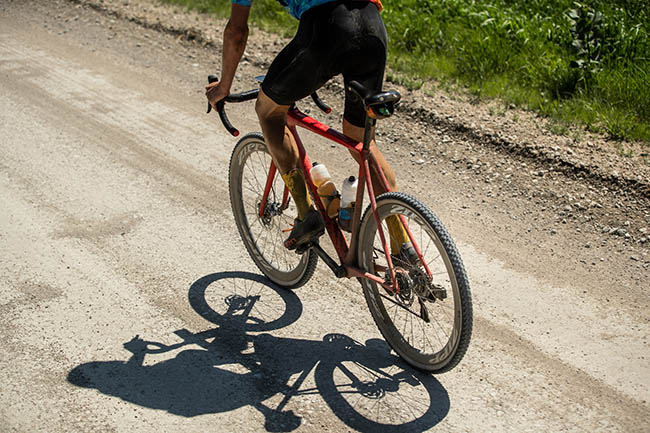
JH: What is your equipment advice for this race?
TK: What I tell everybody who shows up at DK is to be confident about their equipment. It’s too late to arrive and start second-guessing, which inevitably everybody does. They come and say “My tire is too much”or “My tire is too little,” “My gearing is too much” or “too little,” and so on. Focus on the ride and don’t worry about the bike.
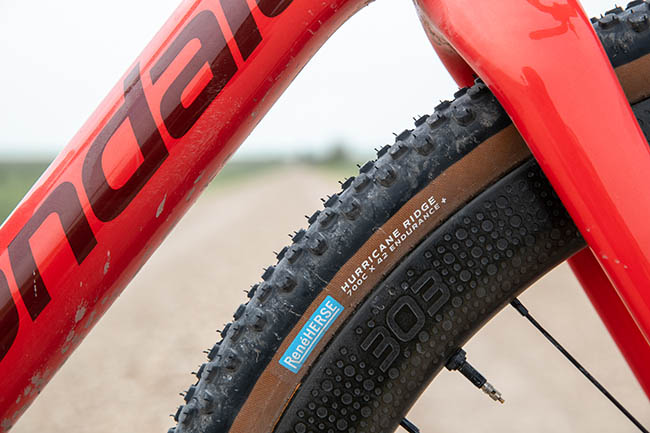
JH: Tell us about your equipment choices.
TK: I’d say the biggest thing at DK is tires. You need tires that are tough enough not to flat on the incredibly sharp stones they have there in the Flint Hills. They’re truly unlike anything else I’ve ever ridden; it’s like riding on knives. I knew I was going to be on Rene Herse Endurance Plus casings, which gave me a huge confidence boost, and they performed flawlessly.
The weather was predicted to be wet, so I went with the Hurricane Ridge knobbies for the race. Then, on race day, it got really hot, and the course dried out completely. I was still happy with having knobs – there are so many corners that we took at high speed, and having extra tread gave me the confidence to stay off the brakes.
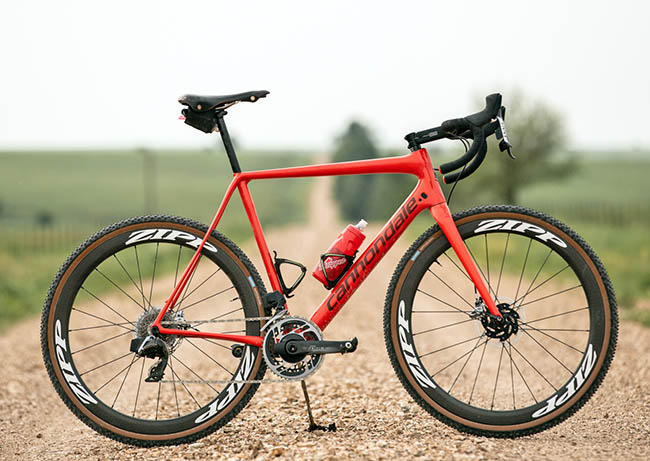
JH: This year, you use a double crank after a few years on a 1x. How do they compare?
TK: I’m a long-time SRAM athlete, and 1x has been their simple gravel setup in the past. Meanwhile, on the road, I’ve been racing eTap for half a dozen years or so, and I became a convert long ago. When the two combined, with confidence of eTap and the huge gear range with AXS, honestly, I find shifting fun with eTap. Certainly, I notice much smaller jumps between gears. Now I have 24 gears instead of 11. It’s truly fun to use, and it performed flawless out on the gravel.
JH: Why did you choose a Berthoud saddle?
TK: Mostly because I’ve used it for the entire year. It’s amazing in terms of comfort. It’s equally amazing how much attention it gets. My social media has become a forum where people ask me all the time what saddle am I using.
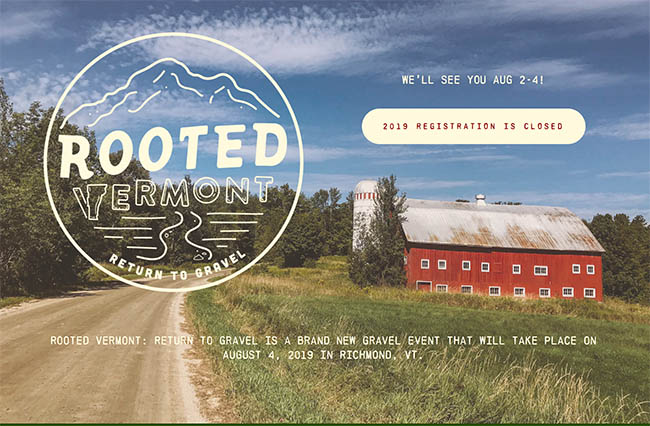
JH: Tell us about your new gravel ride/race, Rooted Vermont. What inspired you and Laura to organize the event?
TK: It’s a mix of a few things. After moving back east, we were immediately welcomed by the neighbors, who came and gave home-warming gifts and helped us move furniture into the house. Arriving in Richmond was truly special. On top of that, the riding is equally special: Right out of our house, we have mountain bike trails, gravel, paved roads. There’s an alpine ski area two miles away and nordic skiing maybe five miles from home. It’s an outdoor enthusiast’s paradise, and we wanted to showcase this friendly local community to the greater cycling community. Laura and I have been lucky to have experienced so many events, and we want to take the best from each of them and bring it to our home roads.
JH: I understand that this year filled up quickly…
TK: We’re excited with the popularity in our inaugural event, but come back in 2020!
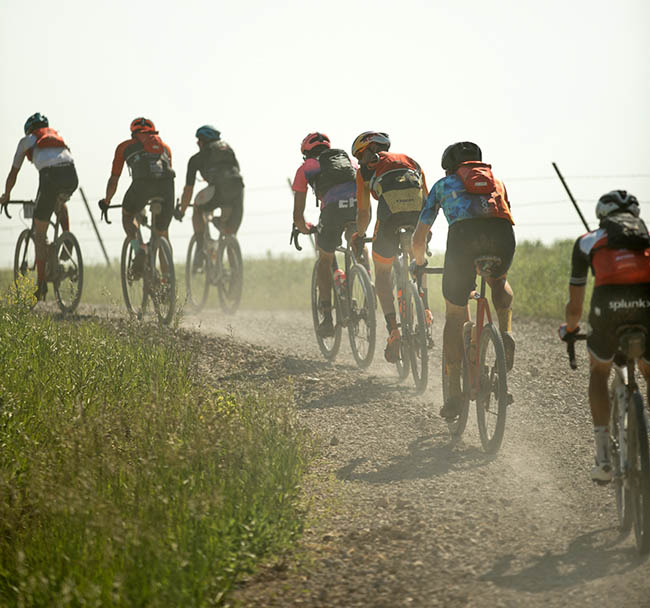
Photos by Ansel Dickey (except Photo 9).


